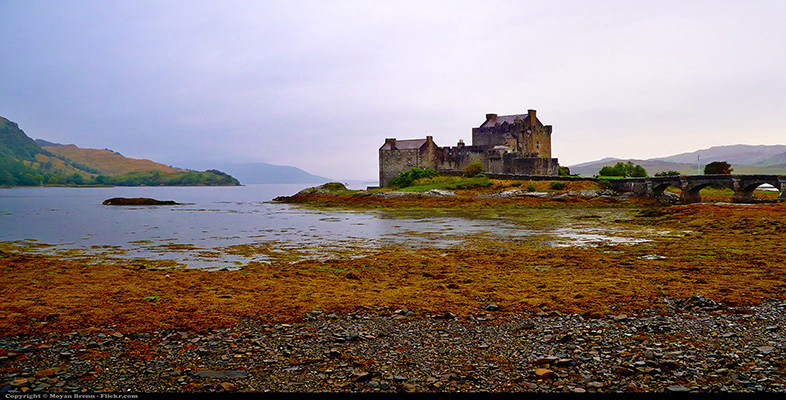Alberti on painting
The Italian humanist, theorist and architect Leon Battista Alberti (1404–72) wrote a short treatise De pictura (On Painting) in 1435, partly to explain the art of perspective, partly to set out ‘correct’ principles of design and partly as an apology for painting itself. It circulated in the following year in Italian, but this first edition appears to have been directed at the patron class as it was in Latin, with which the ordinary artist was unlikely to be familiar. Tellingly, he criticises the use of real gold: ‘There are some who use much gold in their istoria [narrative paintings]. They think it gives majesty. I do not praise it … for there is more admiration and praise for the painter who imitates the rays of gold with colours’ (Alberti, 1966 [1435], p. 85). Here Alberti confronts the mentality that looked to precious materials for ostentation, and suggests that prestige lies in the prowess of the artist alone.
Alberti goes further, however, in claiming that painting was pre-eminent in the arts: ‘Who can doubt that painting is the master art … all the smiths, sculptors, shops and guilds are governed by the rules and art of the painter. It is scarcely possible to find any superior art which is not connected with painting …’ (Ibid., p. 64). Painting had a long history in Italy, in northern Europe and in the Greek world, but this jostling for primacy is very much a fifteenth-century phenomenon. The eventual success of the arguments should not blind us to the fact that painting was one art among many before this date. Its importance, however, was increasing.
